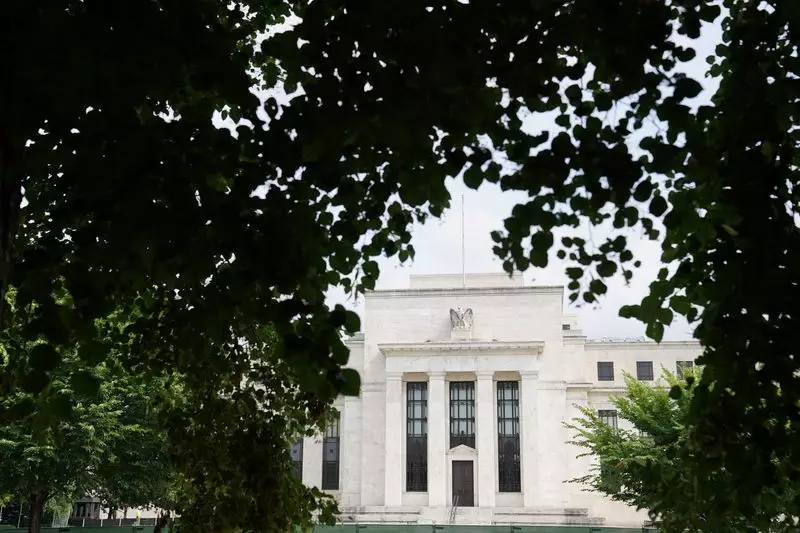On Wednesday, the Federal Reserve made a critical adjustment to its monetary policy by lowering the benchmark interest rate by 25 basis points, bringing it to a range of 4.25% to 4.5%. This move marks the third rate cut of the year and illustrates the central bank’s ongoing commitment to managing inflation and fostering economic stability. However, it is essential to note that the Federal Open Market Committee (FOMC) has significantly revised its outlook for future rate cuts, reducing expectations from an initial forecast of four cuts next year to only two.
During a press conference following the decision, Fed Chairman Jerome Powell emphasized the rationale behind this cautious approach, suggesting that the journey toward achieving the dual mandate of maximum employment and price stability is more complex than previously anticipated. The Fed’s current stance reflects a nuanced recognition of the economic landscape, highlighting the intricate balance policymakers must strike to stimulate growth while containing inflationary pressures.
A crucial aspect of the Fed’s revised forecasts is the anticipated timeline for inflation, which is now expected to reach the central target of 2% later than initially projected. Core personal consumption expenditures, which serve as the Fed’s favored inflation barometer, are predicted to hover at around 2.5% in 2025, slightly higher than prior estimates. In the years that follow, rates are expected to stabilize, with projections indicating a gradual decline to 2.2% in 2026 and finally achieving the goal of 2% by 2027.
Powell pointed out that the economy is expected to experience stronger growth in the latter half of 2024, underlining that this outlook may require a recalibration of policy strategies. The interactions between economic growth and inflation dynamics are paramount, as they fundamentally affect the Fed’s decisions regarding interest rates. Additionally, Powell’s comments on the potential impact of the incoming Trump administration’s fiscal policies illustrate the complexities that lie ahead for the Fed.
Labor Market Dynamics
The Fed’s analysis extends beyond inflation to include the labor market’s resilience. While recent patterns suggest a strong economy, the unemployment rate is forecasted to rise to 4.3% in 2025, a modest decrease from previous estimates. This adjustment indicates an expectation of a slightly tighter labor market, albeit maintaining stability in the long run. Importantly, the labor market’s performance directly influences economic growth, which the Fed estimates at 2.1% for 2025. This growth rate, albeit slight, reflects a positive trajectory for the economy in the coming years.
The interrelated nature of employment and inflation demonstrates that the Fed’s decisions are not merely reactionary but rather anticipatory, informed by a myriad of factors that include global economic trends, domestic policies, and consumer behavior. Thus, the complexities of forecasting become evident, as the Fed must consider both current conditions and future implications in its decision-making framework.
In sum, the Federal Reserve is undertaking a delicate balancing act as it navigates through a dynamic economic environment. The recent cut in interest rates is indicative of a broader strategy aimed at sustaining growth against a backdrop of persistent inflationary pressures. The recalibration of forecasted rate cuts suggests an awareness that the pathway to achieving economic stability is not linear and may require adaptability to unforeseen circumstances.
As we move forward, the impacts of federal policies, inflation expectations, and labor market fluctuations will undoubtedly continue to shape the Fed’s approach. The importance of clear communication from the Fed remains essential in fostering confidence among investors and consumers alike. Ultimately, the central bank’s decisions will have far-reaching ramifications, and staying informed about their implications will be crucial for navigating the evolving economic landscape.

